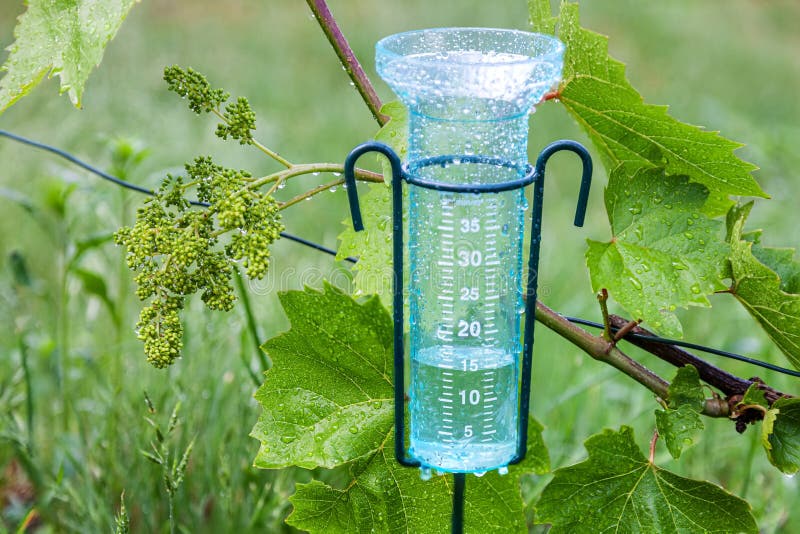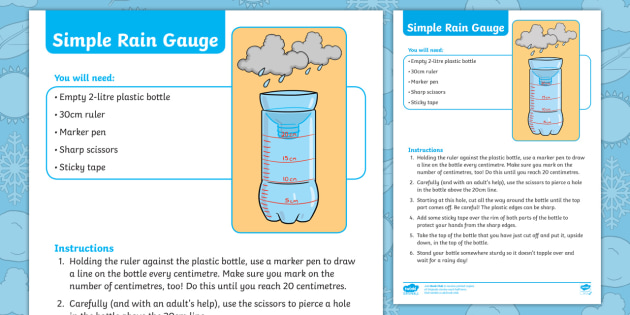Discover the very best Rain Gauge for Accurate Weather Measurement and Forecasting
Unveiling the Scientific Research Behind Rainfall Gauges: How These Tools Play an Essential Duty in Environment Research Study and Environmental Tracking
Rain gauges, seemingly easy tools, hold an extensive importance in the realm of climate research study and ecological monitoring. As we peel back the layers of this scientific veil surrounding rainfall evaluates, we discover a world where accuracy, data accuracy, and thorough observation converge to reveal a much deeper understanding of our changing environment and its influence on the earth.
Significance of Rainfall Scales
Rain evaluates play an essential function in tracking and determining rainfall levels, supplying necessary data for environment study and analysis. These devices are basic in measuring the amount of rainfall that occurs in a details area over a particular duration. By accumulating and gauging rainwater, rainfall assesses offer useful understandings into the distribution and intensity of precipitation, helping meteorologists, hydrologists, and climatologists in recognizing weather condition patterns and patterns.
Among the vital reasons that rain determines are important is their ability to give precise and localized information. Unlike satellite or radar-based dimensions, which provide wider monitorings, rainfall evaluates deal accurate info details to the location where they are placed. This localized data is vital for different applications, including flood projecting, drought surveillance, and water source administration. In addition, long-term information accumulated from rainfall assesses helps in assessing environment modification effects and patterns, contributing dramatically to clinical research and decision-making procedures. Fundamentally, rainfall assesses function as important tools in the field of meteorology and environmental scientific research, playing an important duty ahead of time our understanding of climate and environment dynamics.
Sorts Of Rain Scales

Performance and Operation
In the world of climate study and meteorological researches, the effectiveness of rainfall gauges lies in their complex capability and specific functional devices. Rain gauges are made to properly measure the amount of rainfall that falls over a particular area throughout a set period. These tools normally include a channel that gathers rainwater and channels it into a measuring tube. The determining tube is marked with adjusted measurements that enable the precise metrology of rainfall.
The performance of rain evaluates is based upon the principle of gauging and gathering rain in a standardized way. This collected data is essential for comprehending regional weather condition patterns, tracking long-term environment fads, and assessing environmental effects. To make certain exact dimensions, rainfall determines demand to be purposefully positioned in open areas far from blockages such as structures or trees that could hinder the collection process.
The functional element of rainfall assesses entails regular upkeep to stop debris buildup, calibration checks to preserve measurement precision, and data tape-recording for analysis (rain gauge). On the whole, the functionality and procedure of rainfall evaluates are important for collecting reputable rainfall data vital to environment research and environmental surveillance
Role in Climate Research
Offered the crucial importance of precise rainfall dimensions in understanding weather condition patterns and ecological impacts, the role of rainfall evaluates in climate research is important. Rainfall gauges give vital data for environment research by evaluating the quantity of precipitation that tips over a details location during a provided period. This data is crucial for keeping an eye on lasting fads in rainfall patterns, assessing the influence of climate change on rains distribution, and improving environment versions.

Climate scientists use data collected from rain gauges to examine variations in rainfall levels, determine local climate patterns, and review the performance of water source administration methods. By comparing historical precipitation data with present dimensions, scientists can spot changes in precipitation patterns, such as modifications in the frequency or strength of rains events. This info is essential for recognizing exactly how environment change is influencing precipitation dynamics and can aid policymakers make educated decisions concerning adaptation and mitigation strategies.
Applications in Ecological Surveillance

In flooding projecting, rainfall scale information helps to track rainfall intensity and circulation, enabling authorities to issue prompt cautions and take needed procedures to mitigate flooding threats (rain gauge). Drought tracking depends on rain gauge data to assess dampness degrees in the soil and track precipitation shortages, helping in the identification of drought-prone locations and the execution of drought response approaches
Furthermore, rainfall gauge information plays a this content crucial role in water source monitoring by giving info on water availability and use patterns. This information is utilized to make enlightened decisions pertaining to water allotment, preservation measures, and lasting water source planning. Furthermore, in farming, rainfall gauge information helps farmers in maximizing watering schedules, plant option, and overall ranch management techniques based on local precipitation patterns. visit the website Generally, rain determines are essential tools in environmental tracking, offering important understandings that add to educated decision-making and sustainable source monitoring.
Final Thought
Finally, rainfall assesses are crucial tools for measuring precipitation, offering useful information for climate research and environmental monitoring. With different kinds and performances, rain assesses play an essential function in recognizing precipitation patterns and their effect on the setting. By accurately determining rains, these gadgets contribute to the improvement of scientific understanding and aid in making notified choices pertaining to water resource management and disaster readiness.
Rainfall gauges play a vital duty in surveillance and measuring rainfall degrees, giving important information for environment study and evaluation. The typical rain web link gauge, recognized as the "tipping bucket" scale, is one of the most typically made use of gadgets. Ultrasonic rainfall evaluates use noise waves to discover the presence of rain, giving real-time data on precipitation levels.Environment researchers utilize data gathered from rain evaluates to examine variants in rainfall degrees, determine local climate fads, and review the performance of water resource monitoring strategies.In final thought, rainfall determines are vital tools for measuring precipitation, providing useful data for environment research and environmental surveillance.